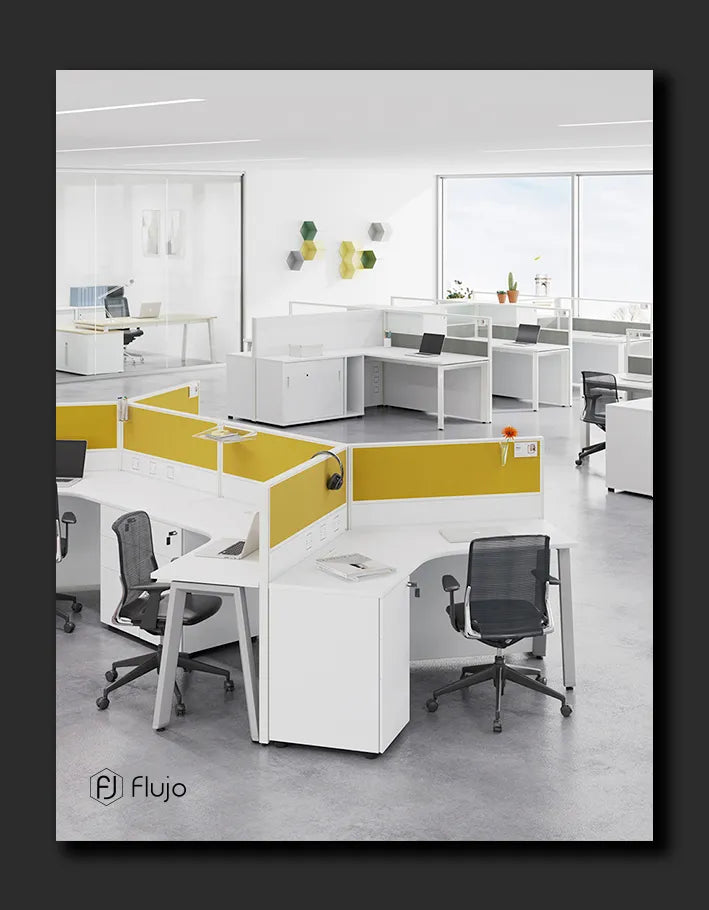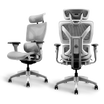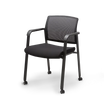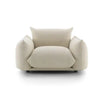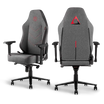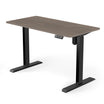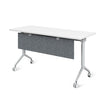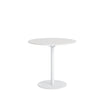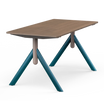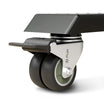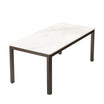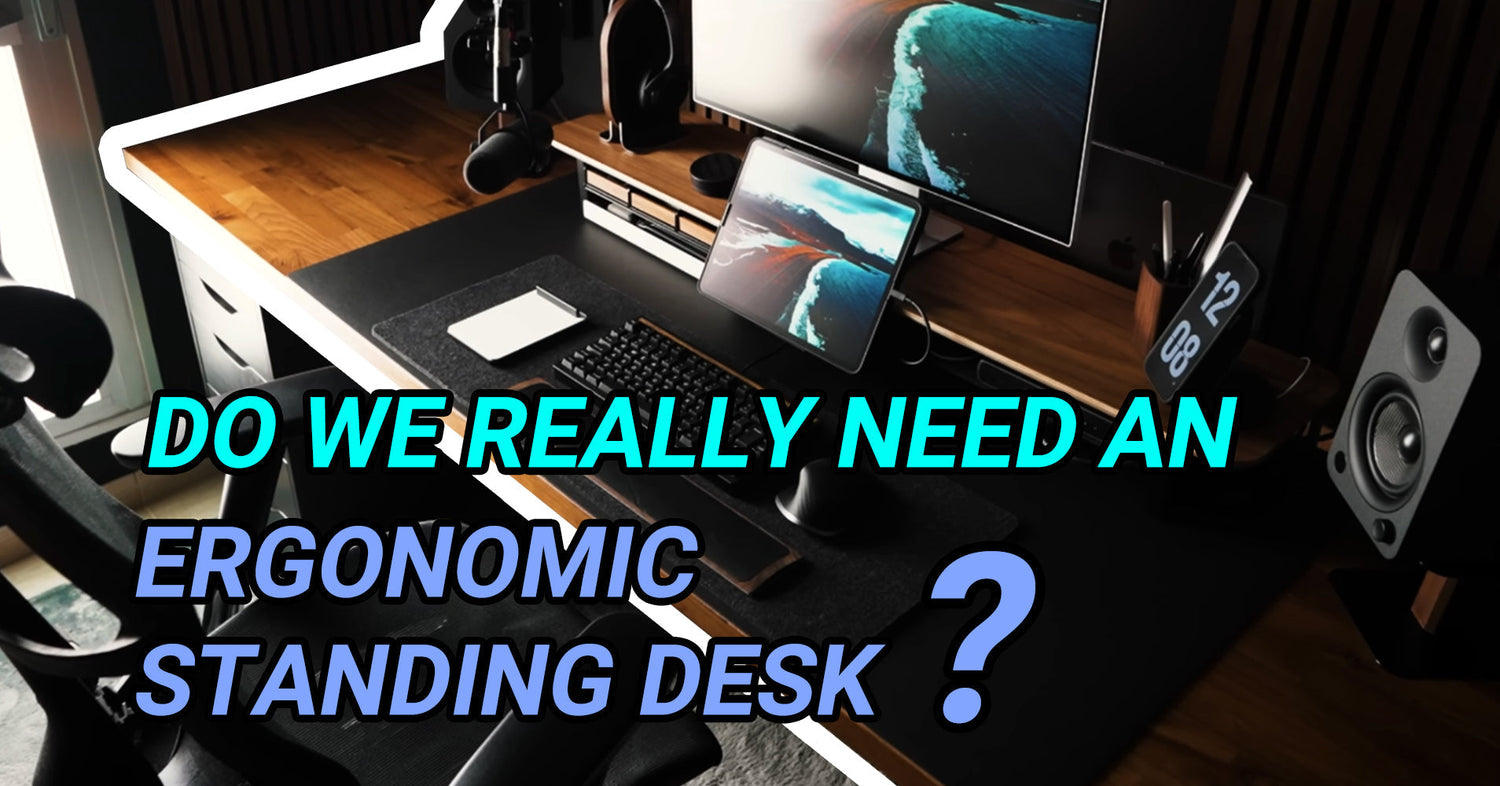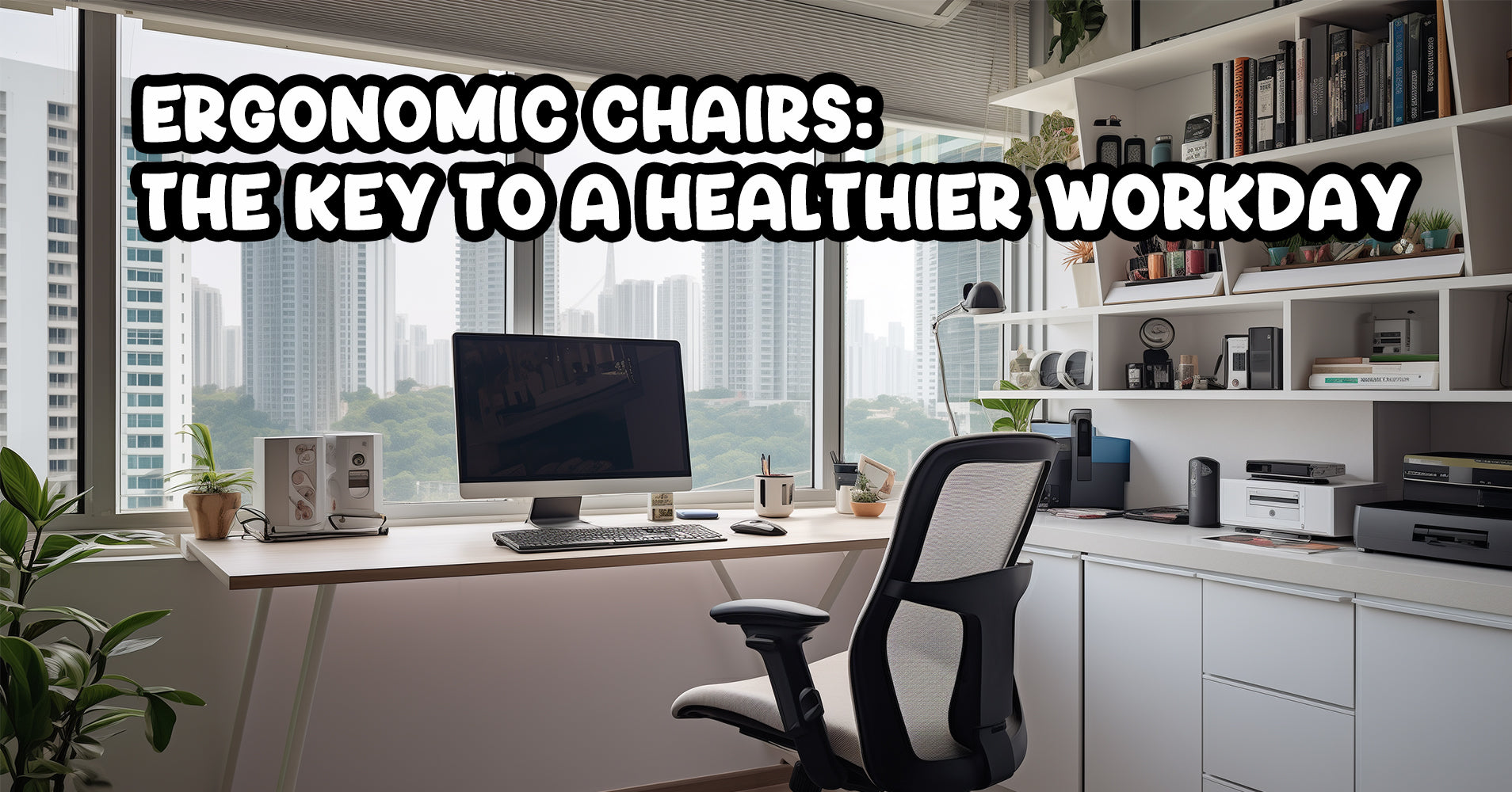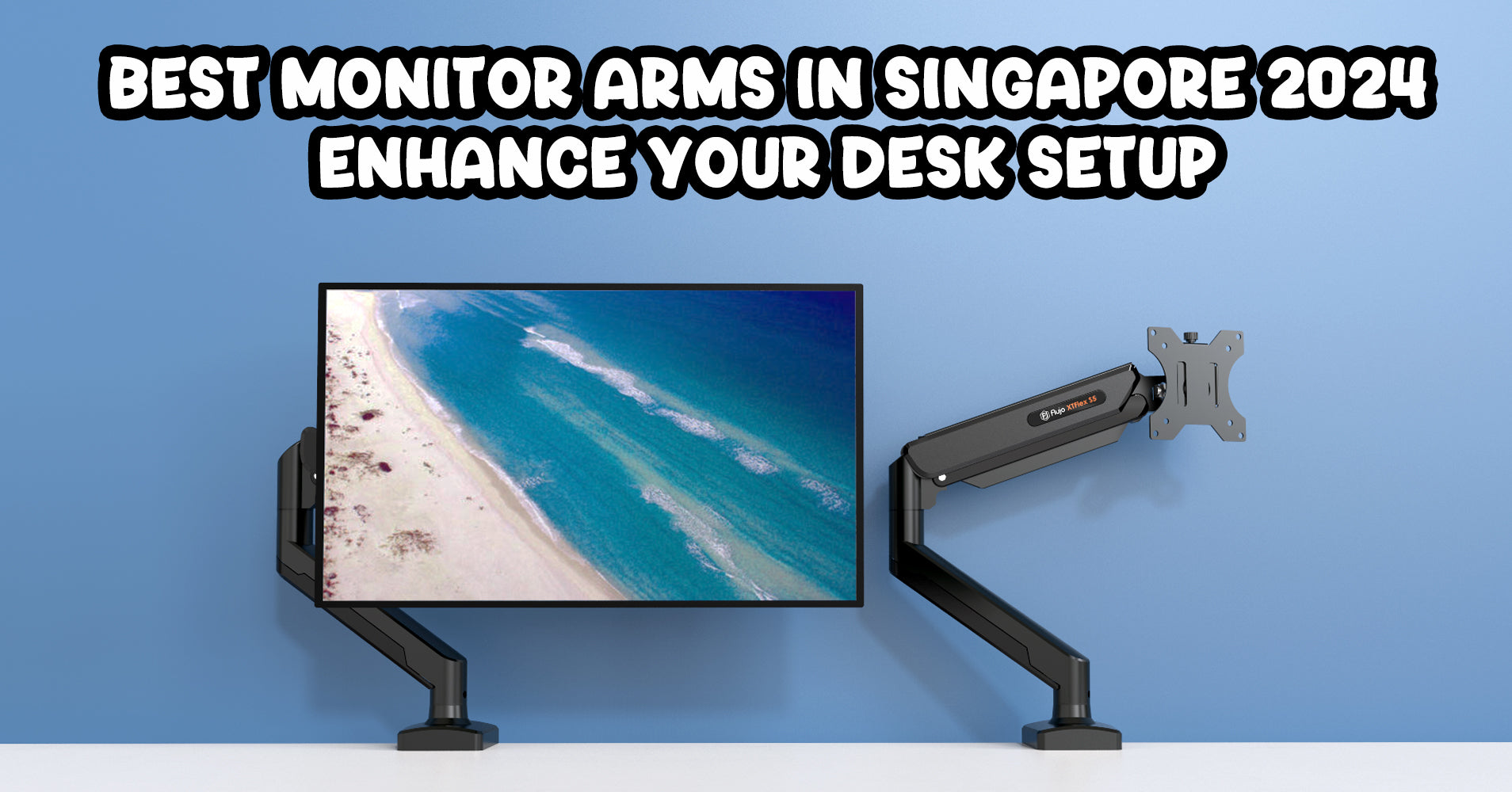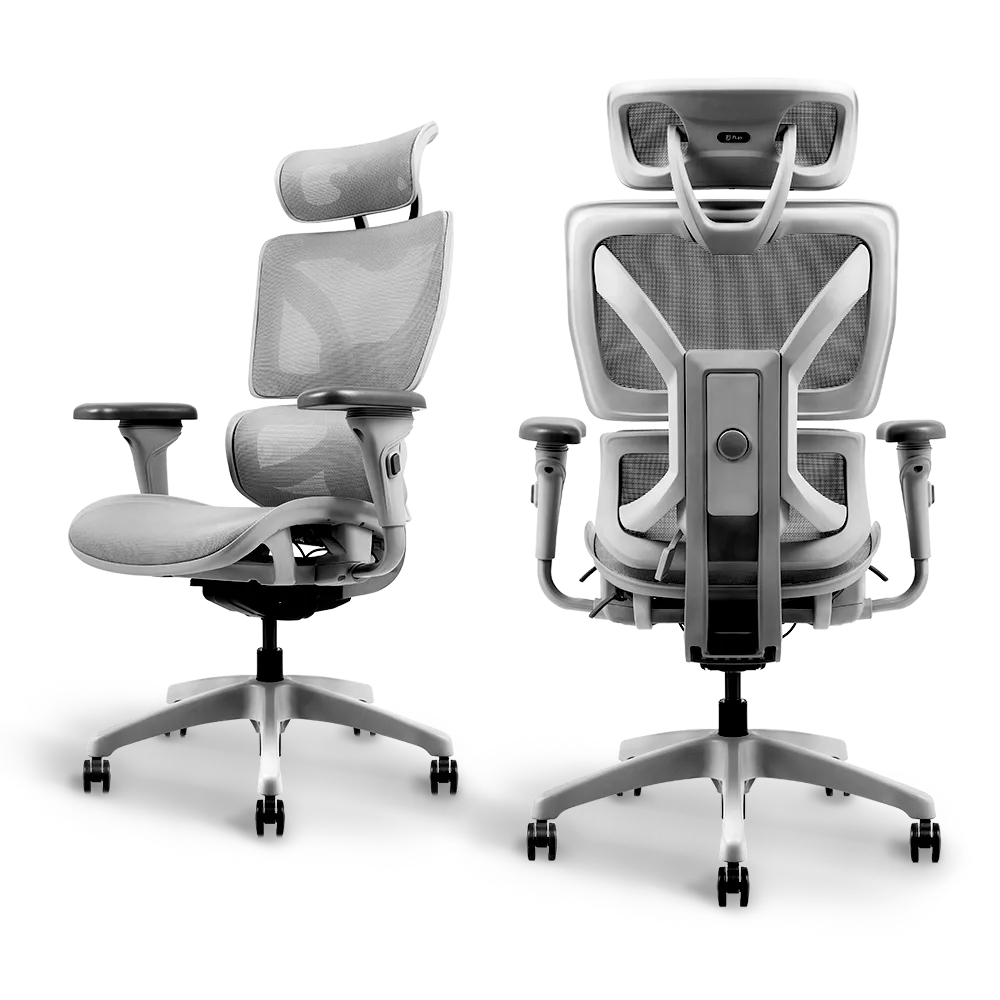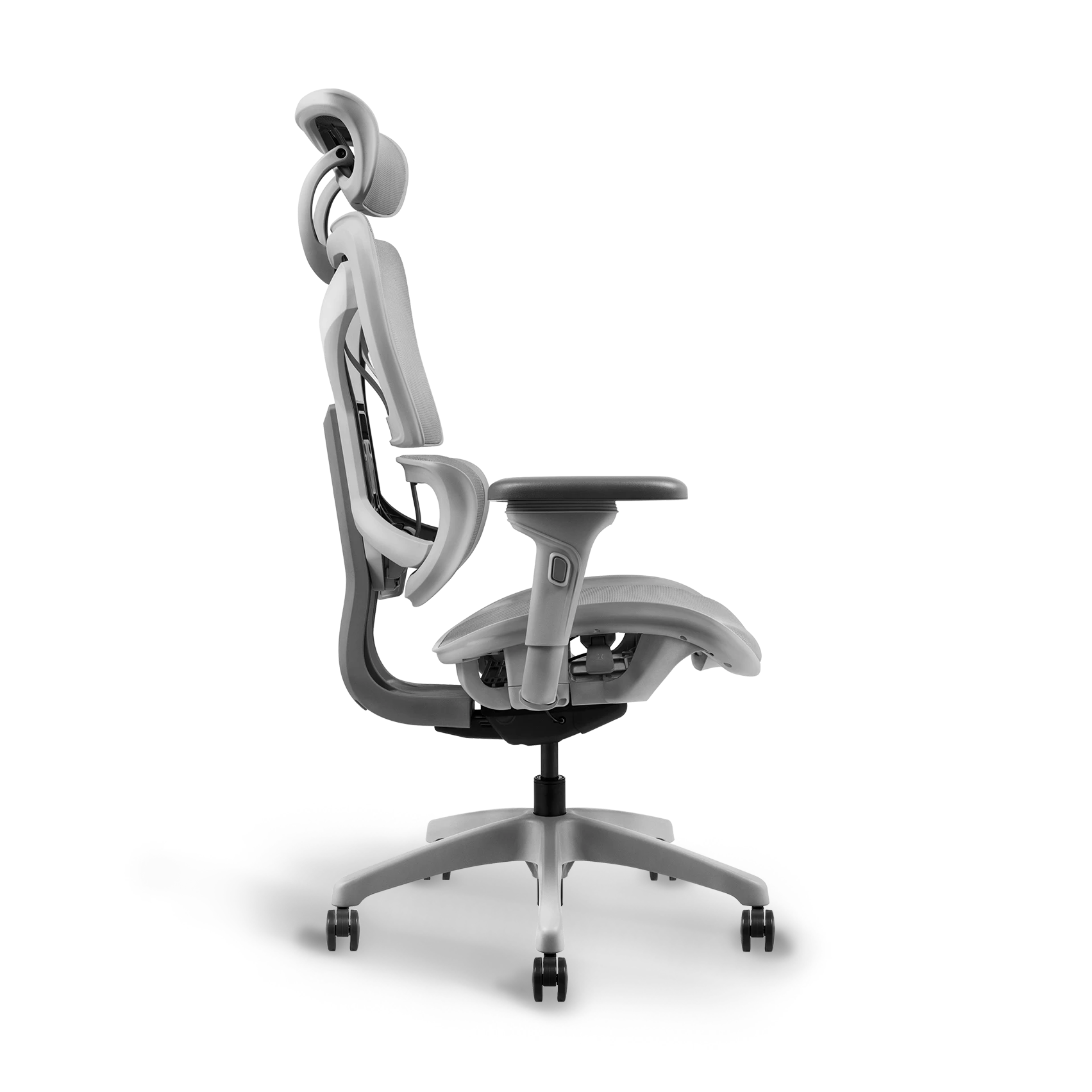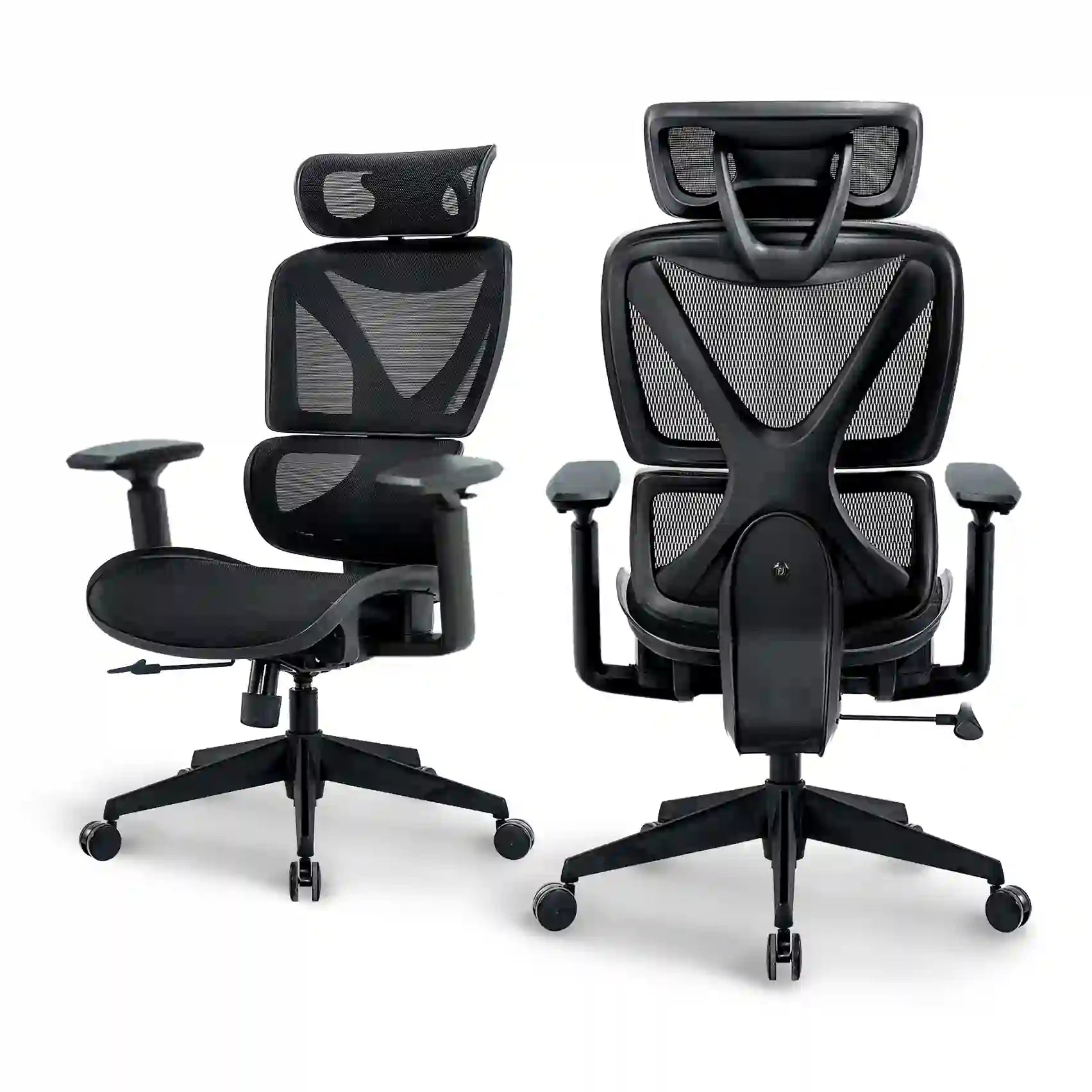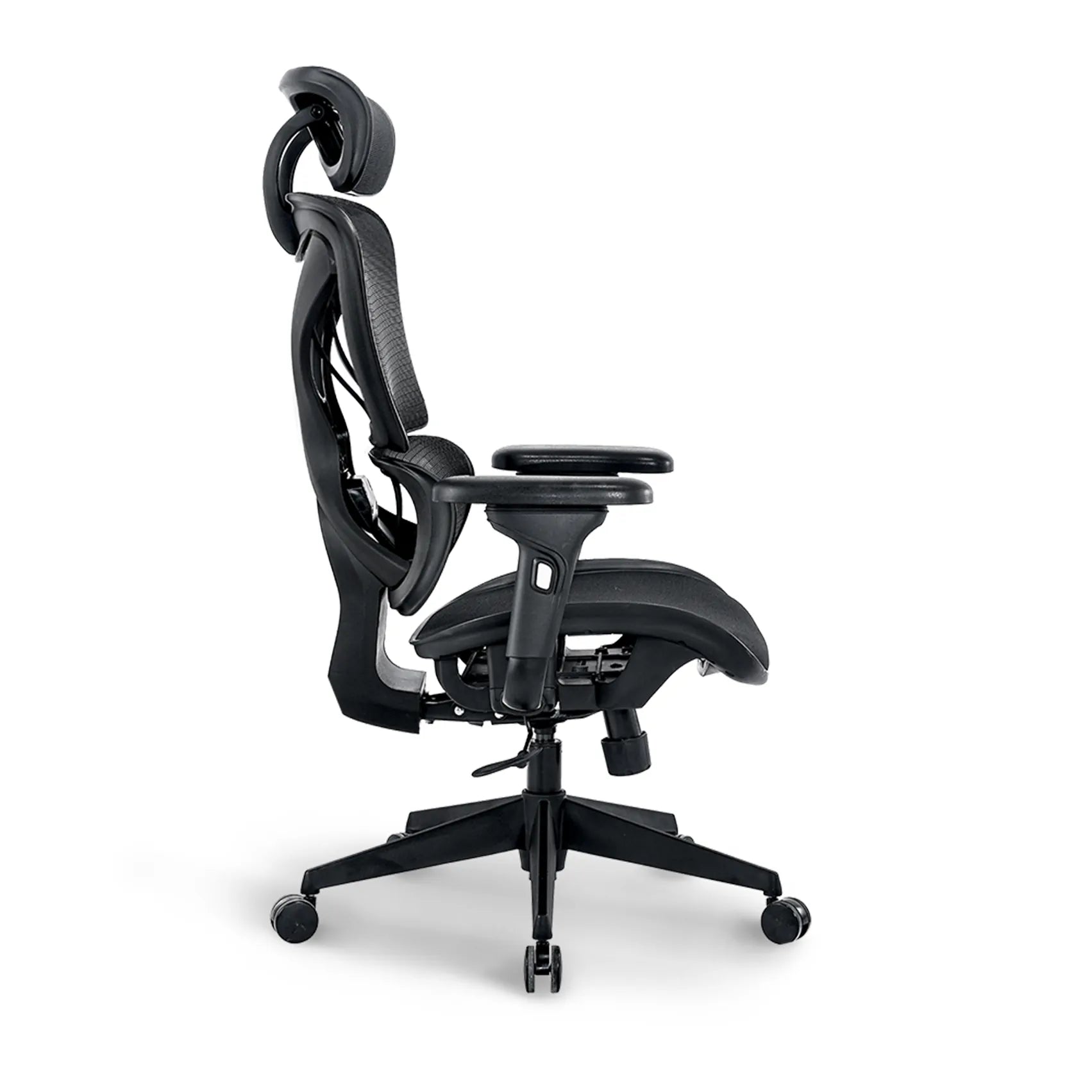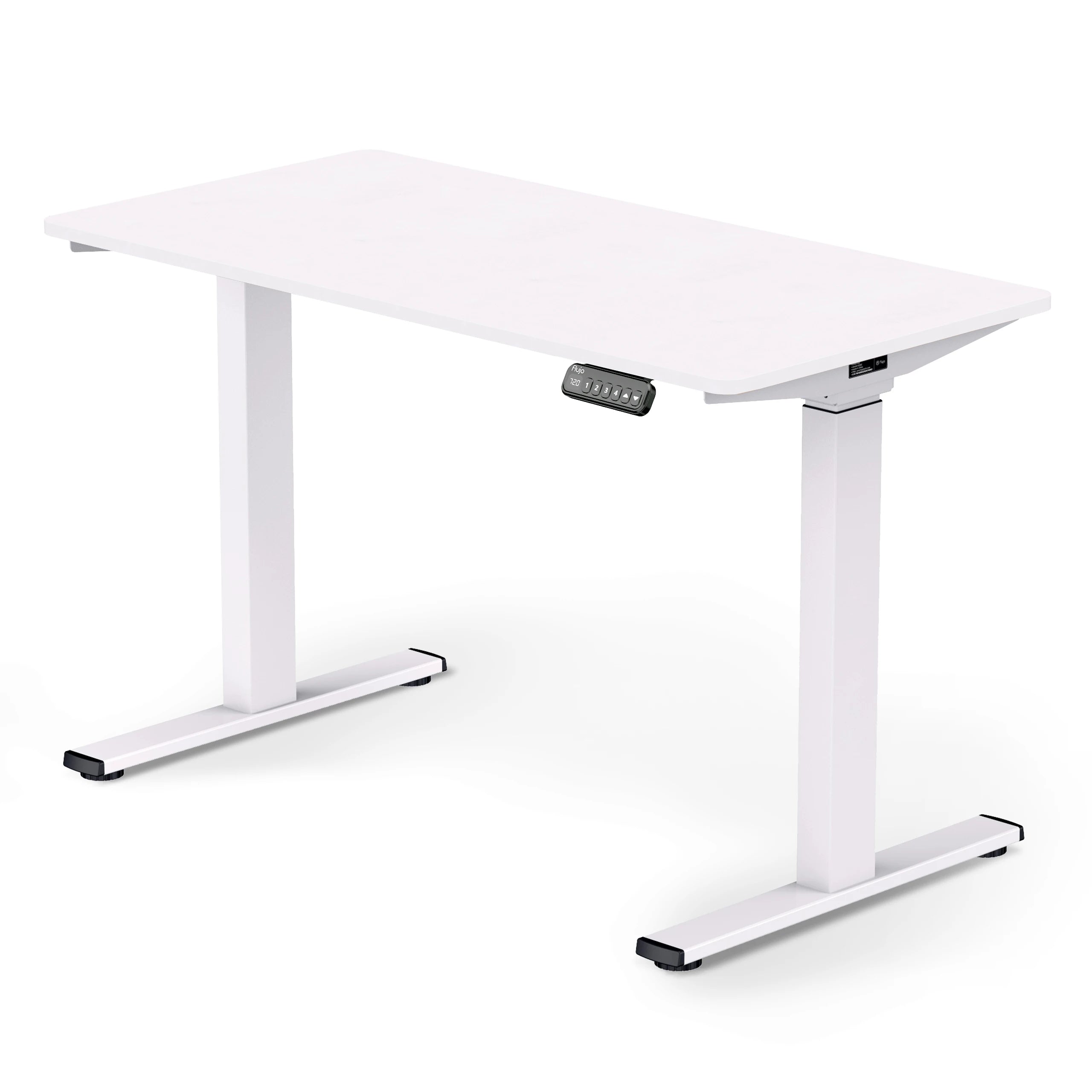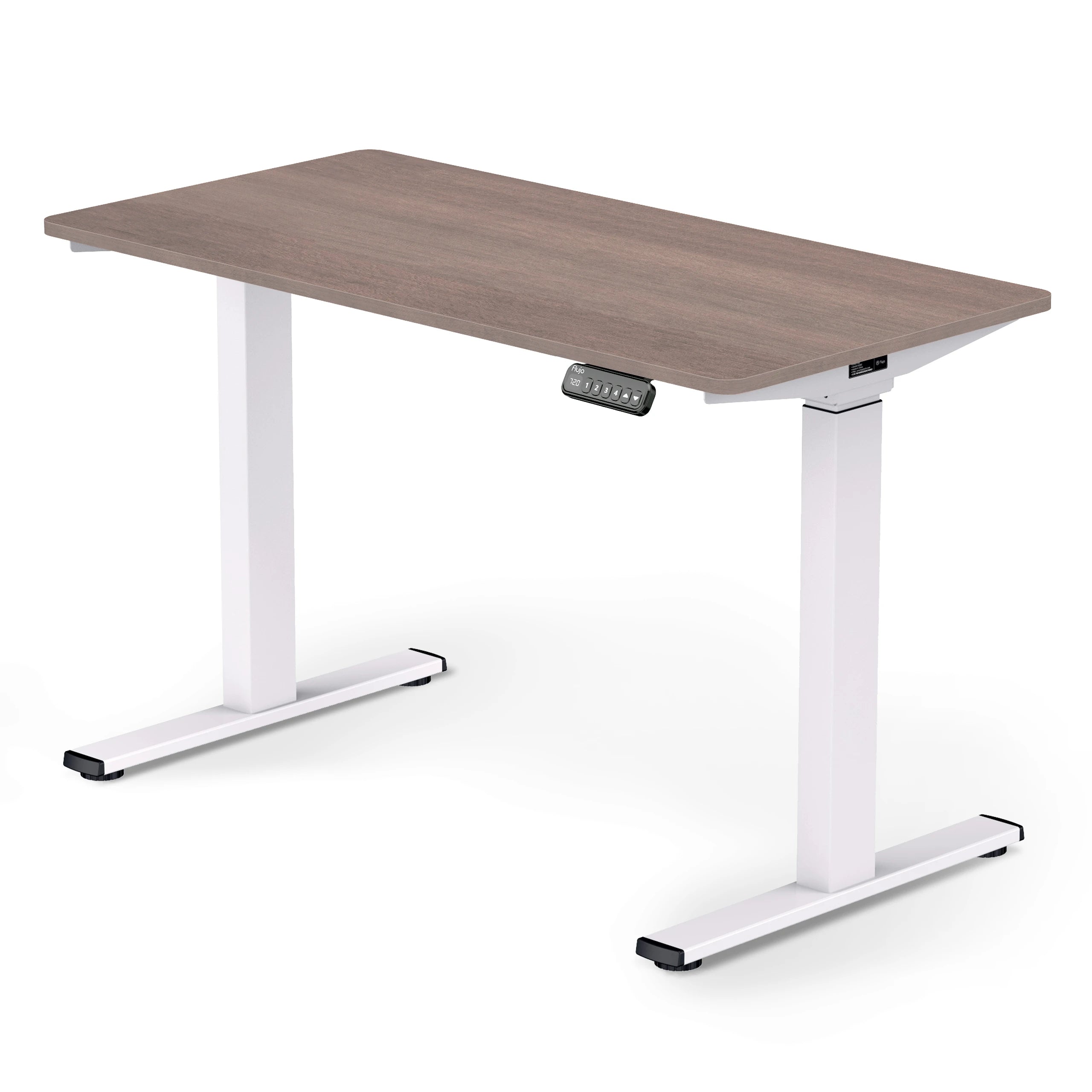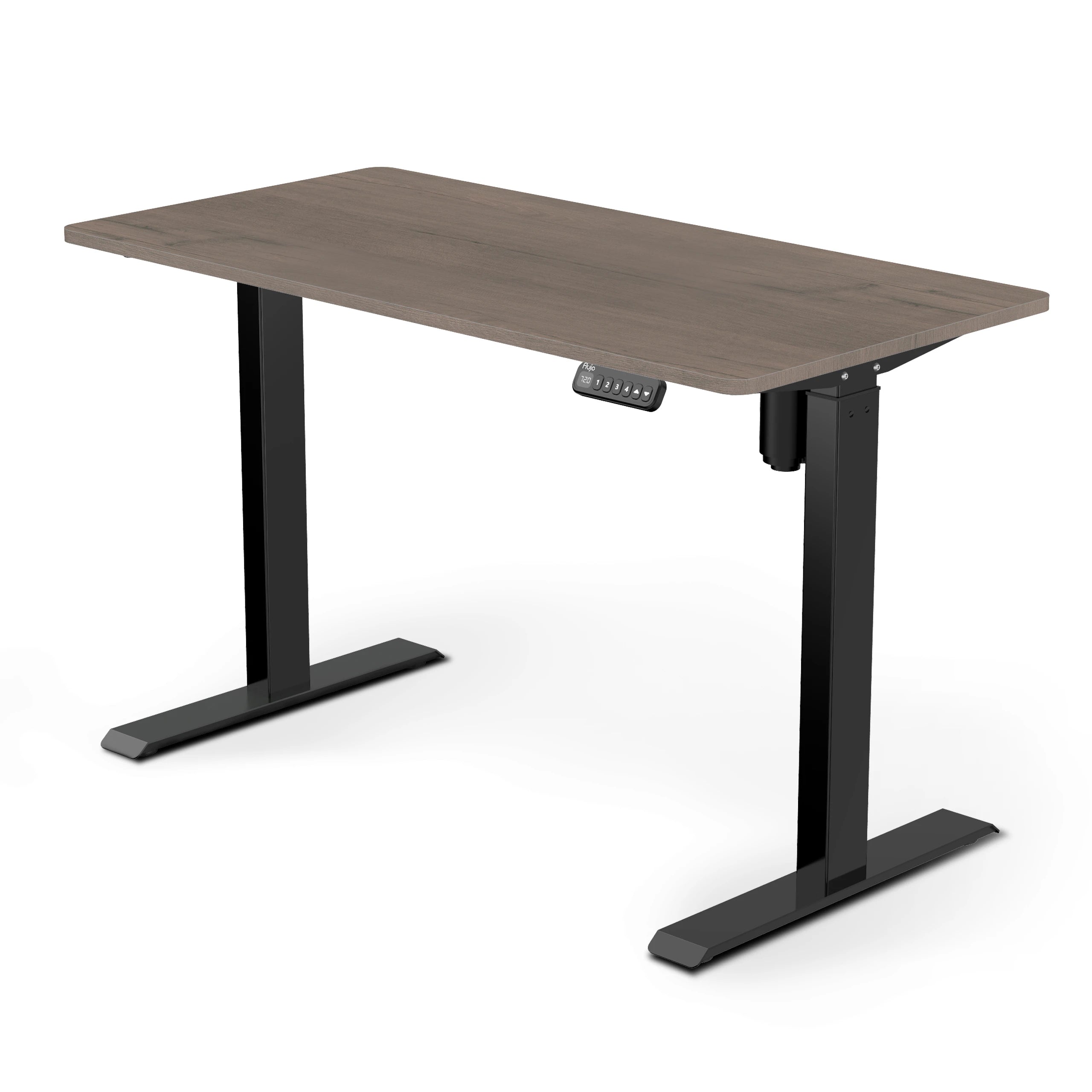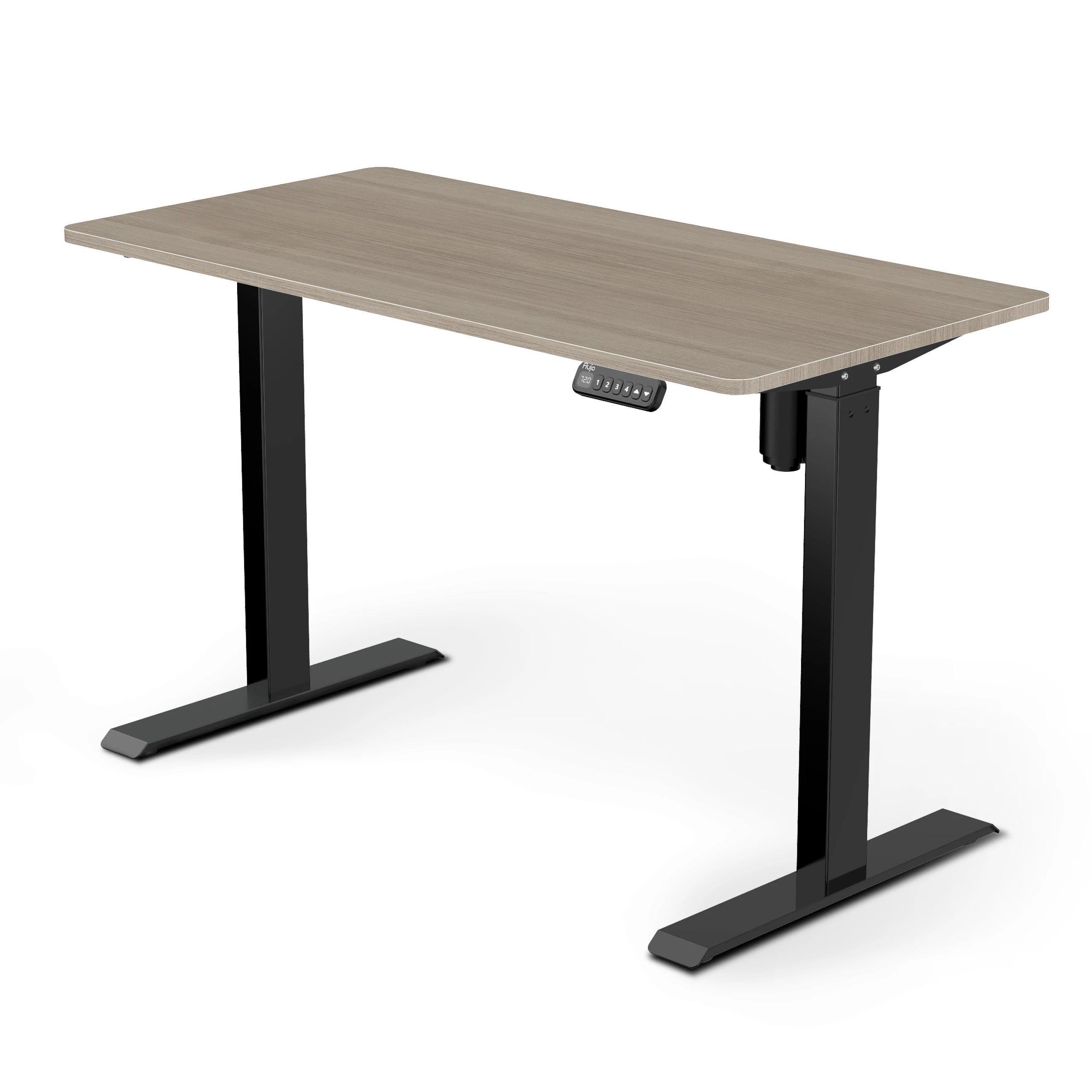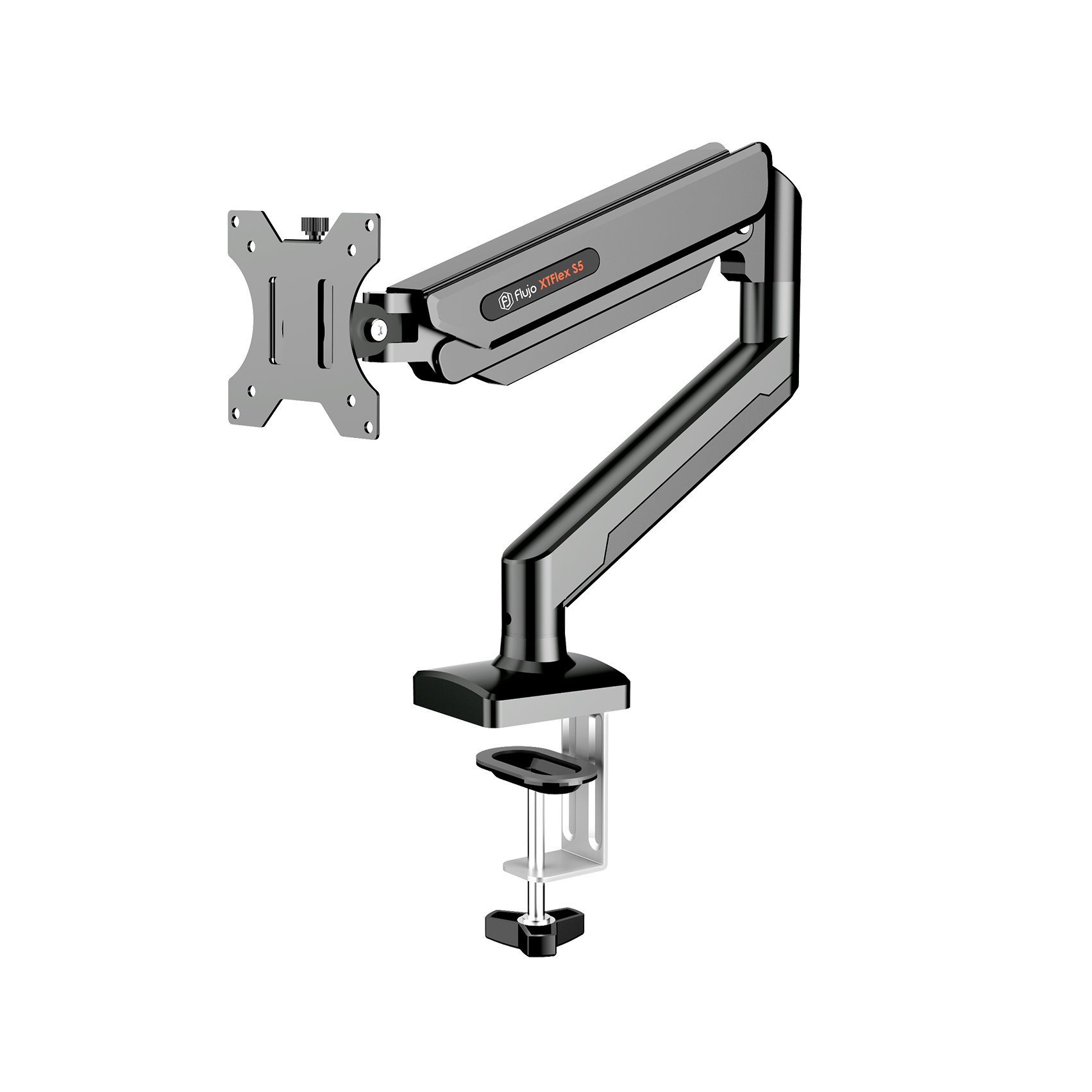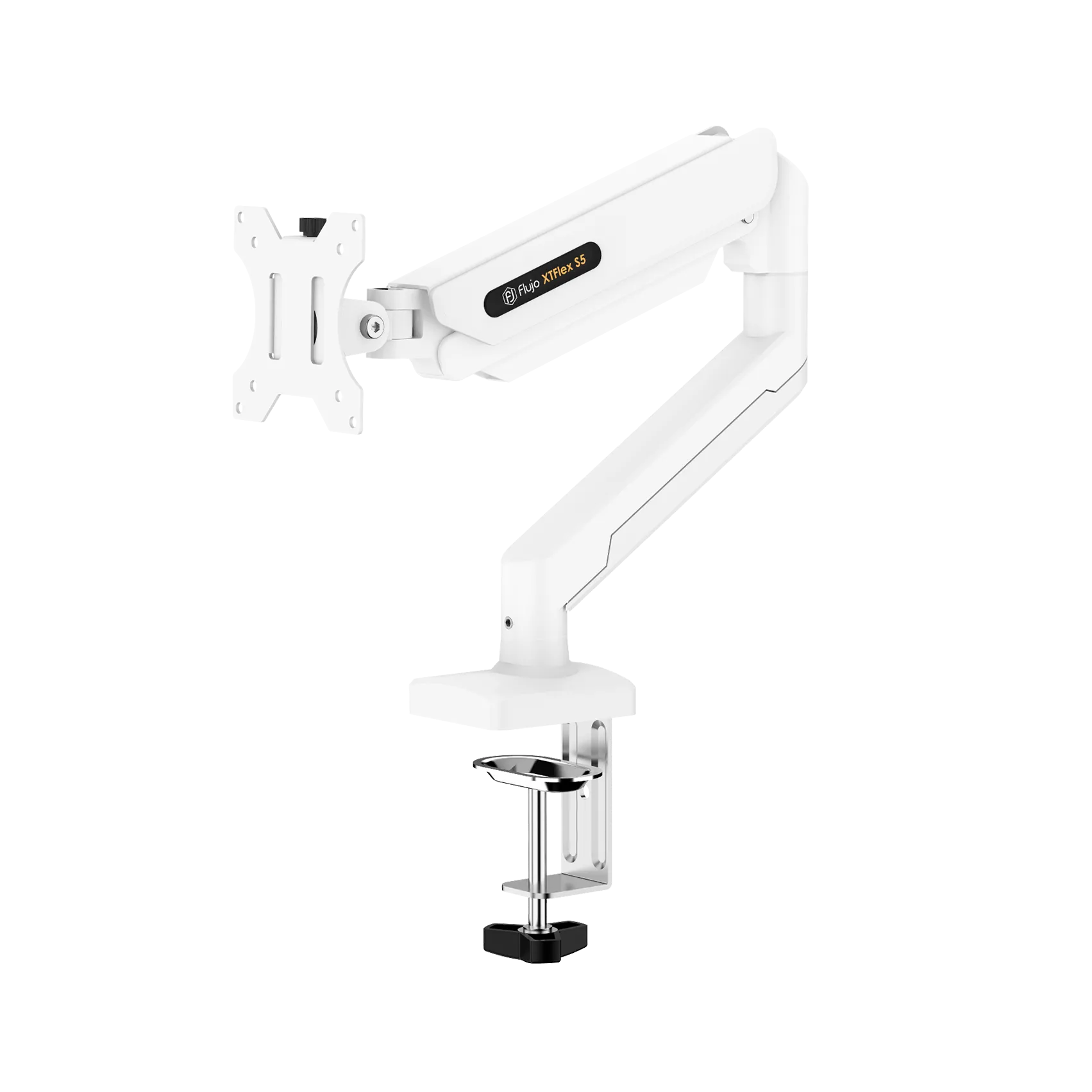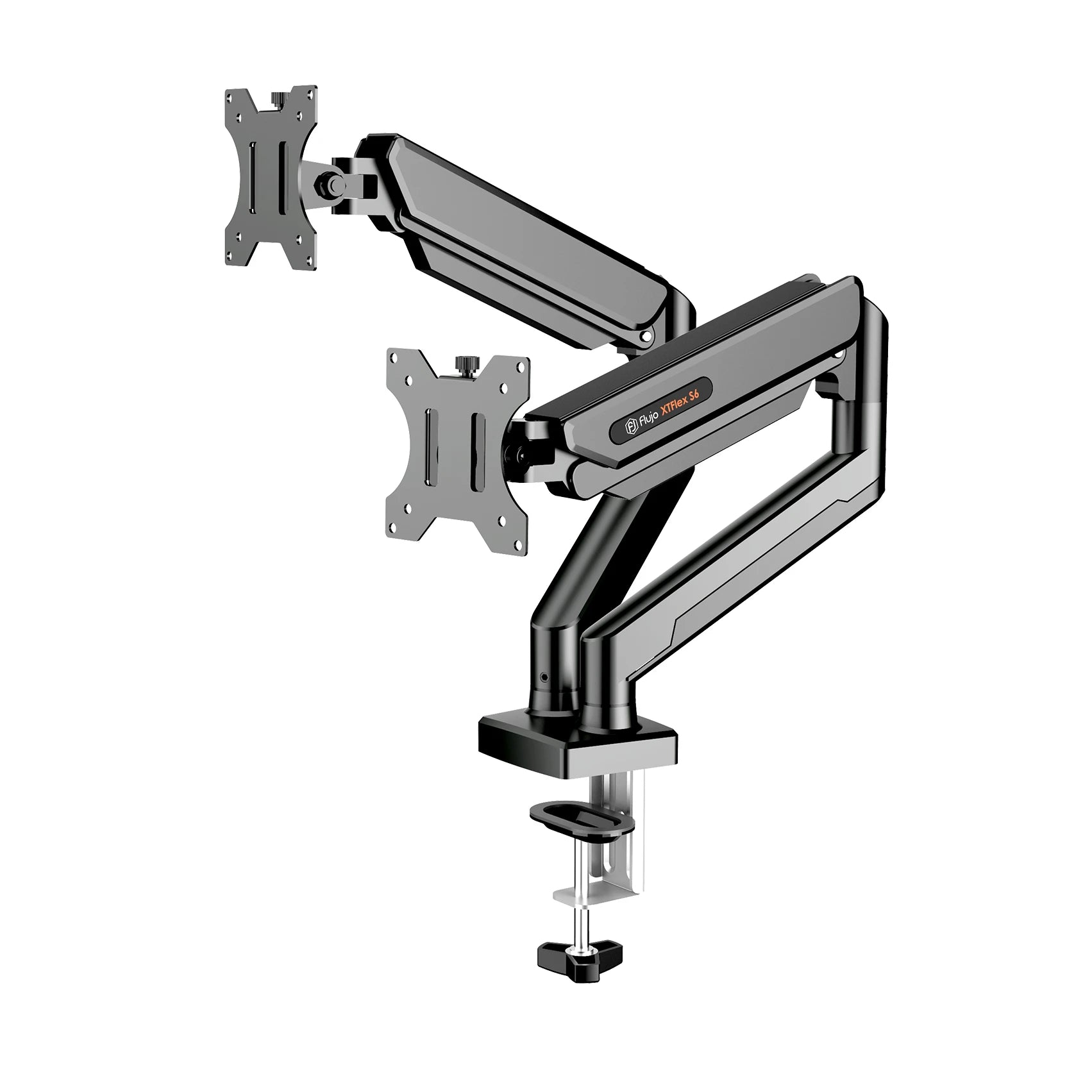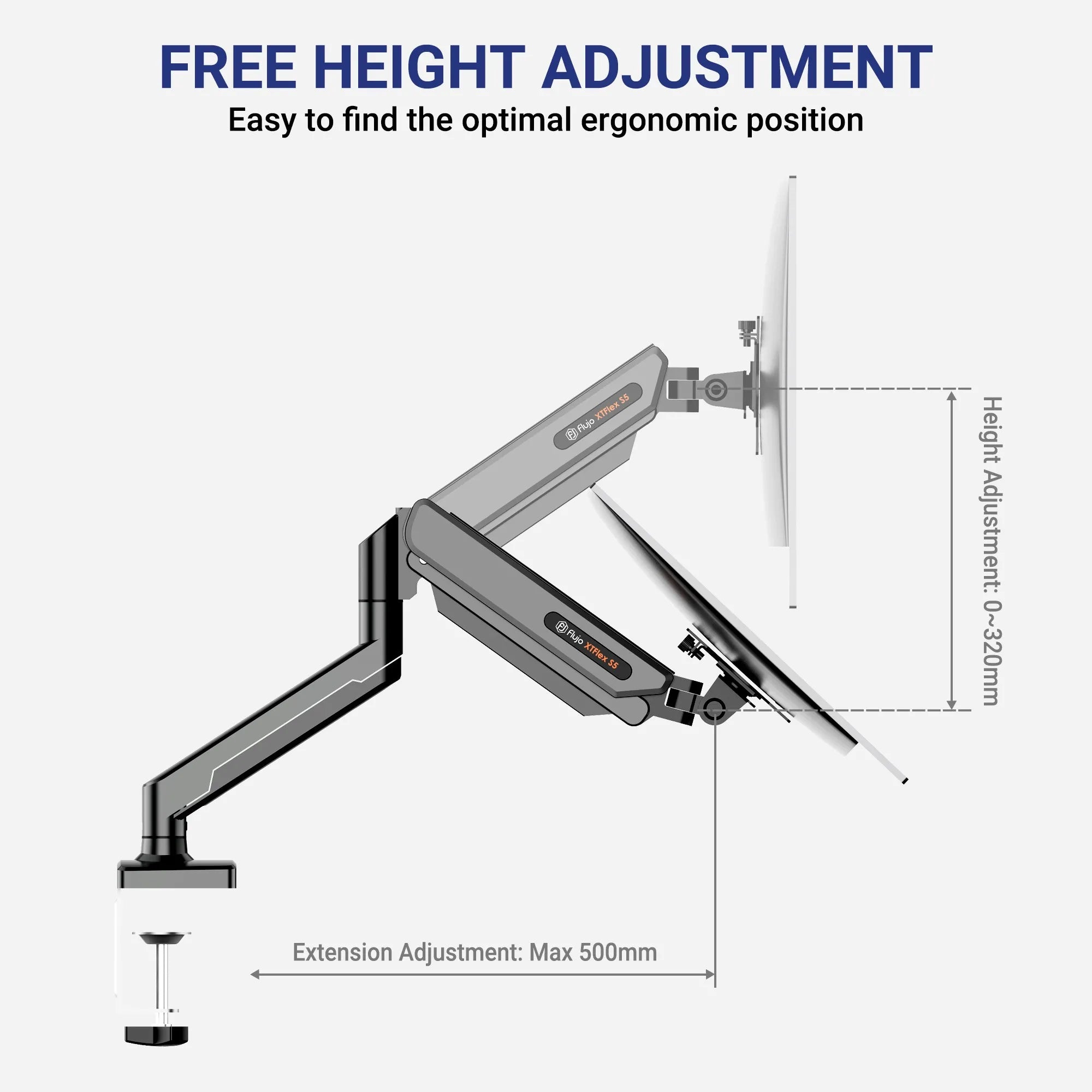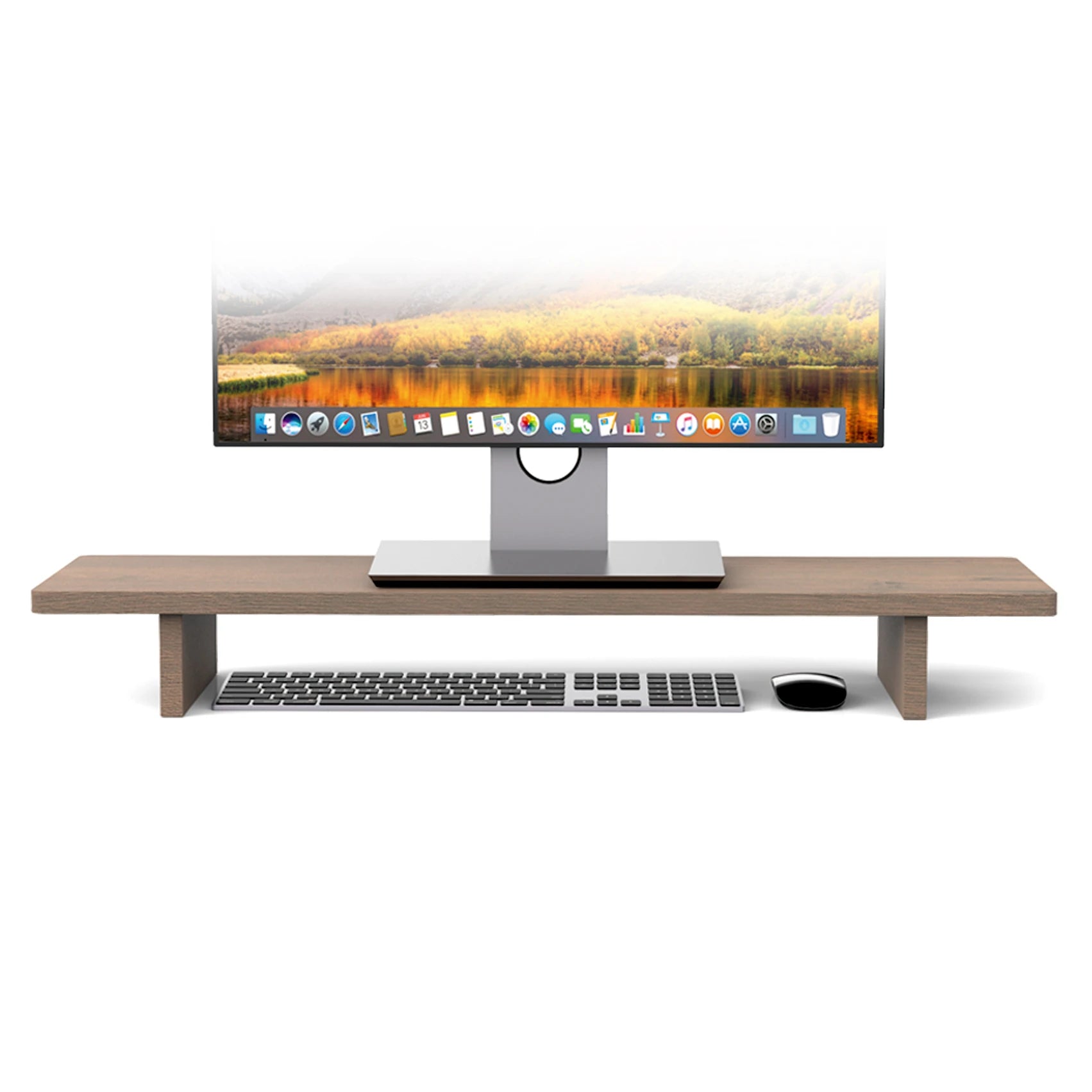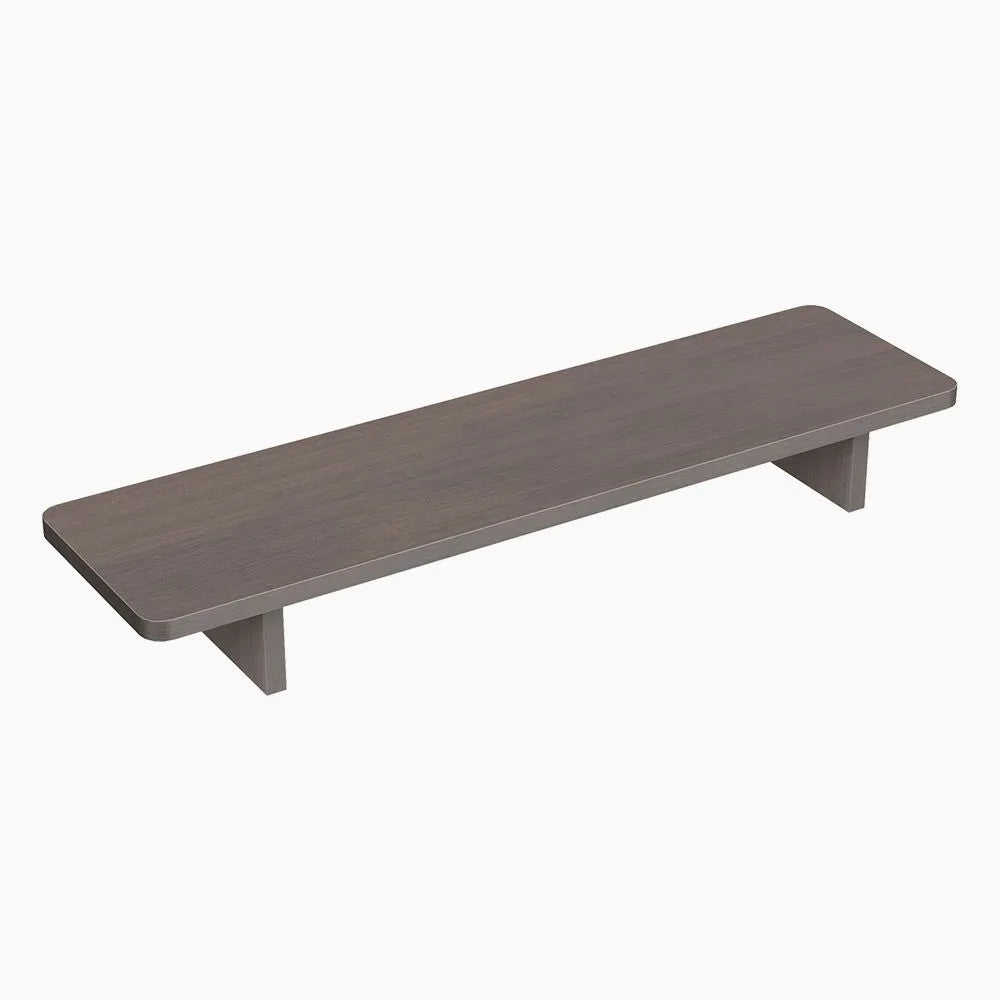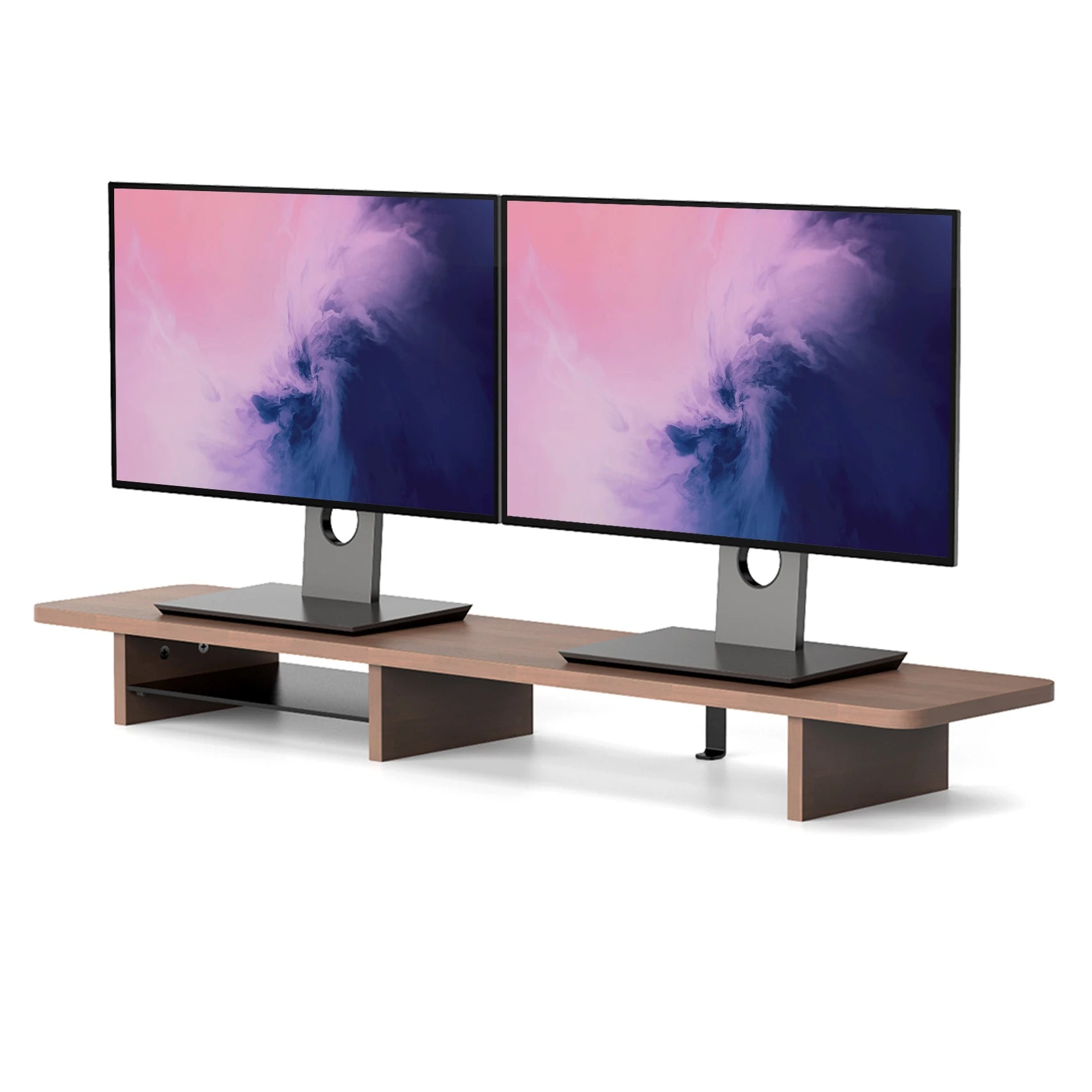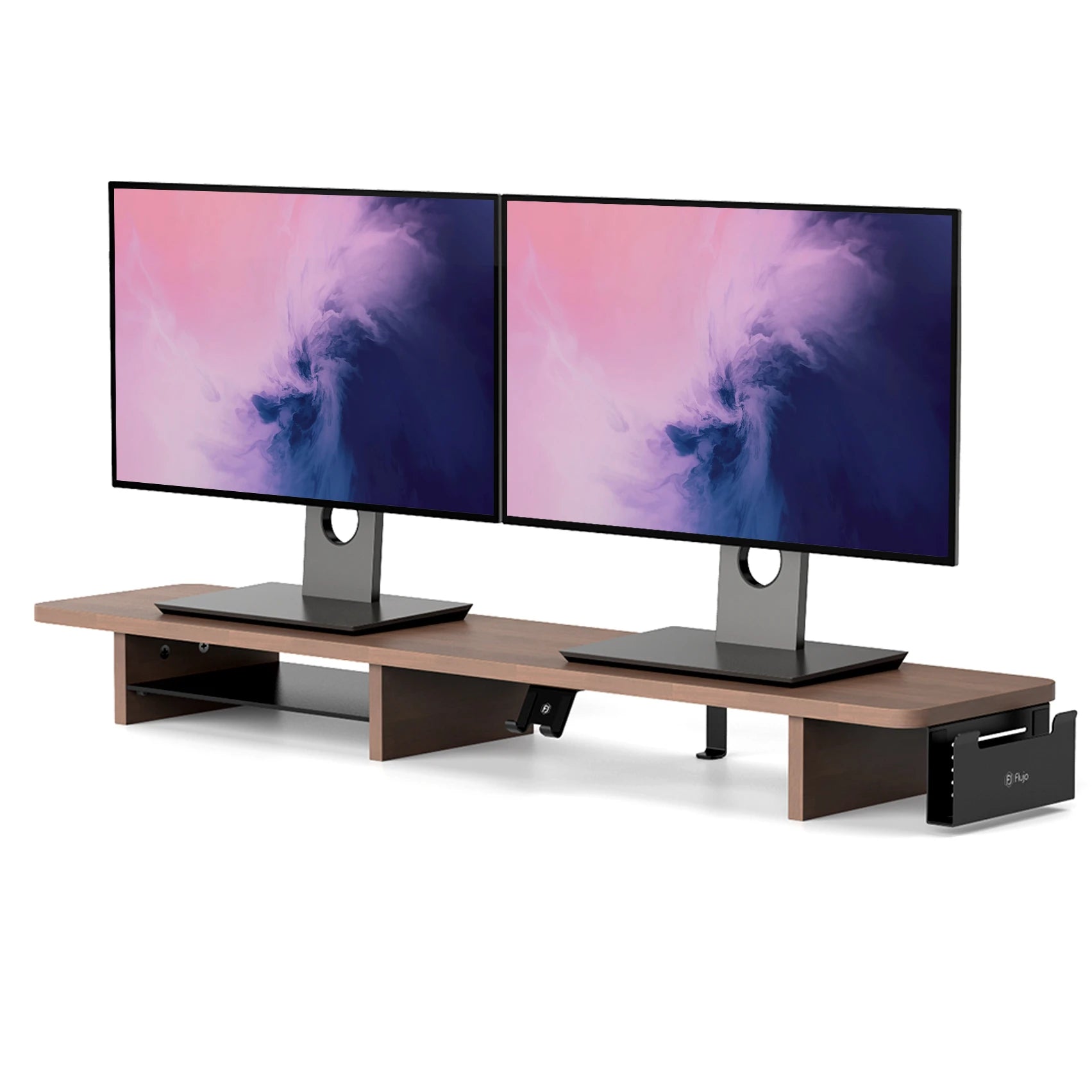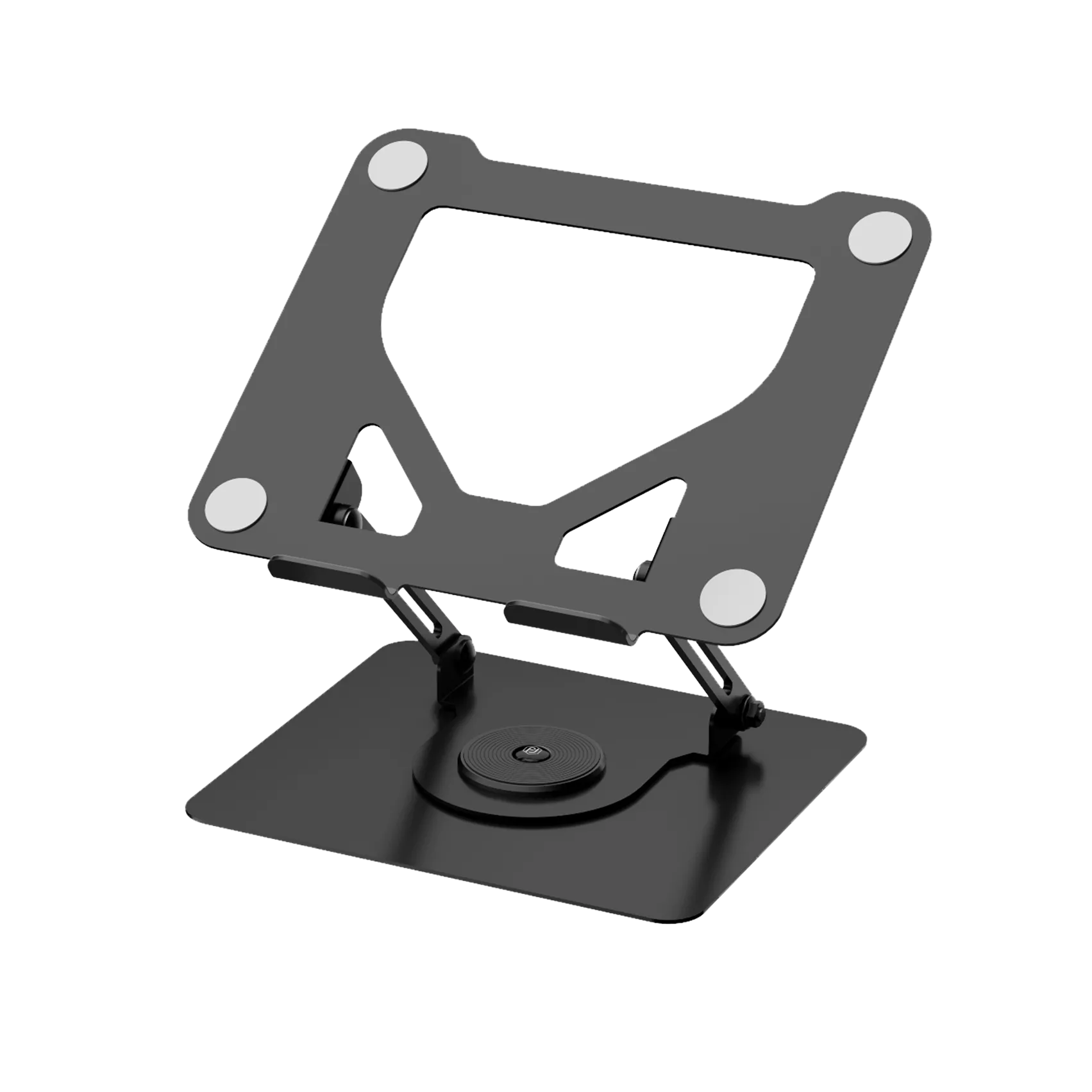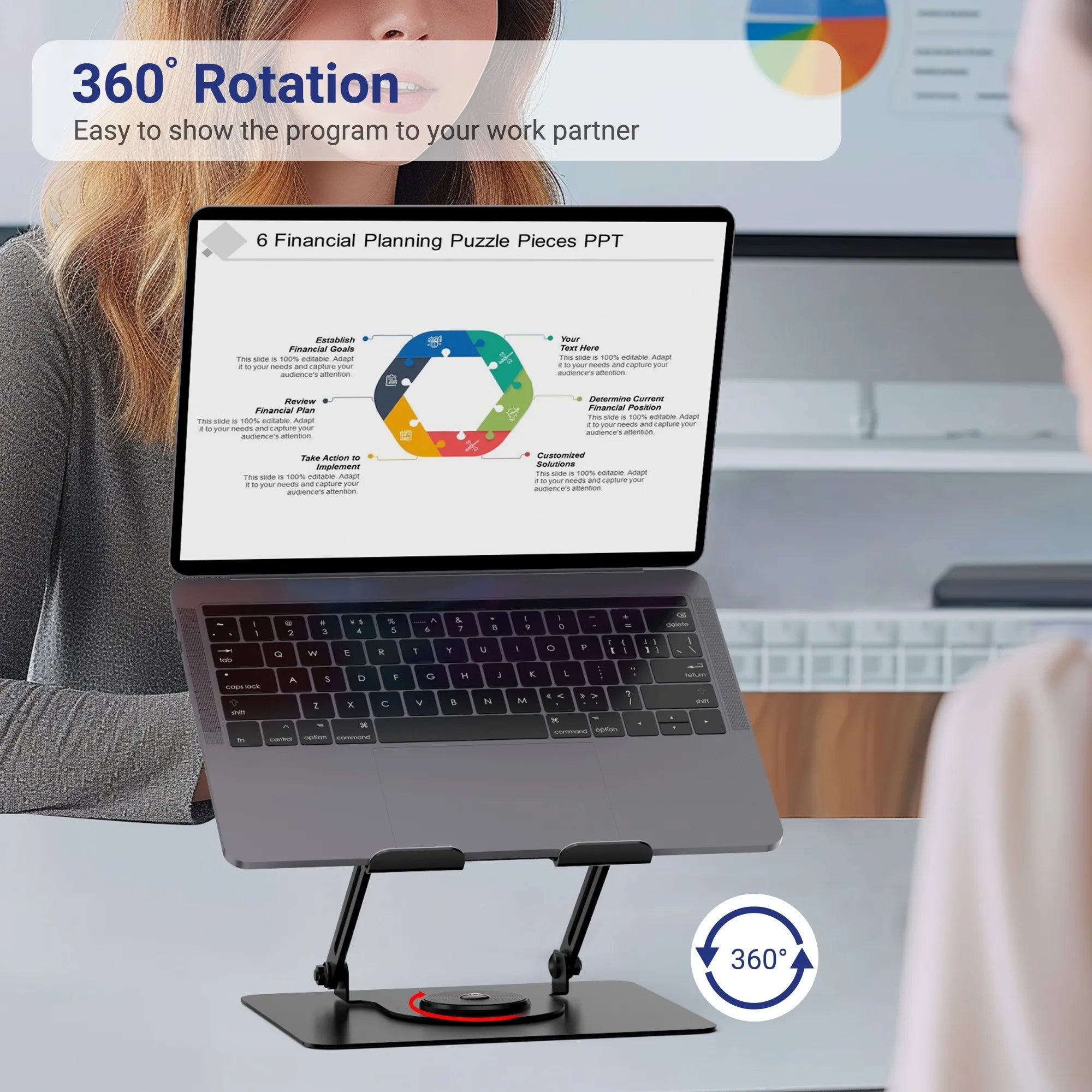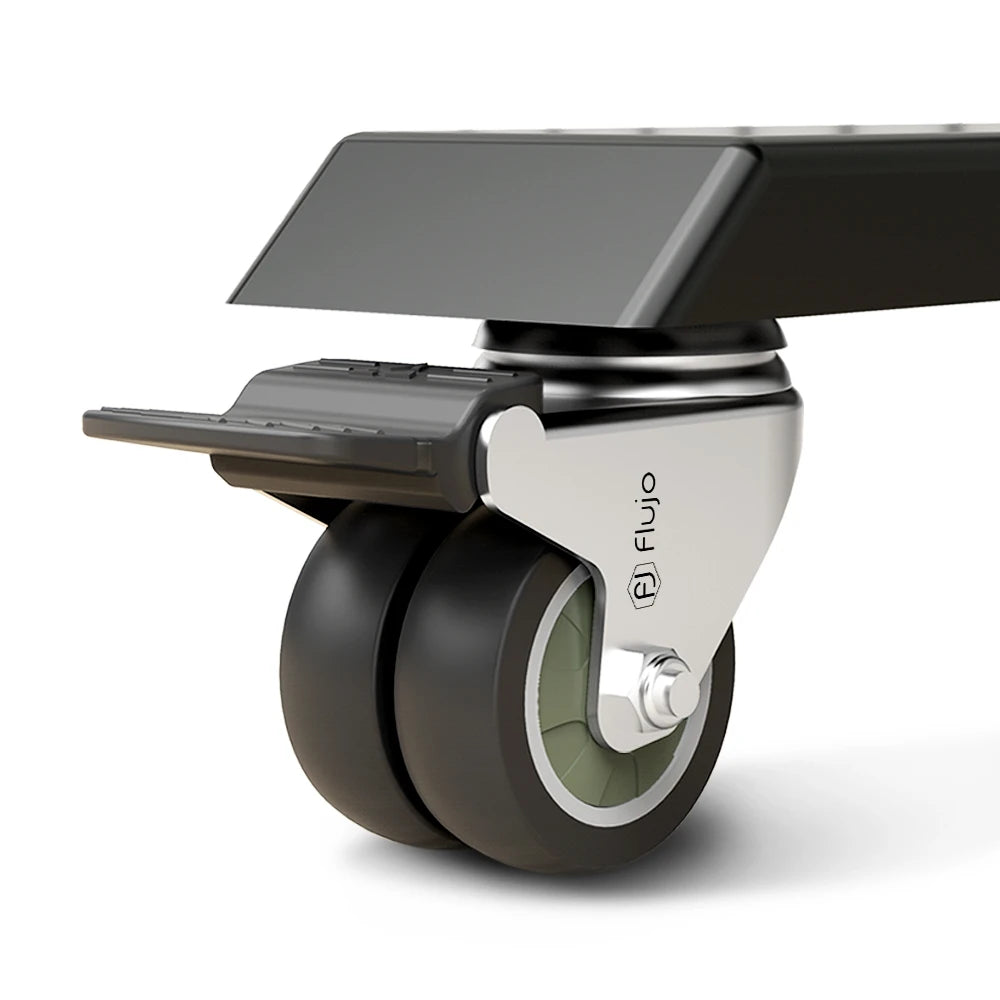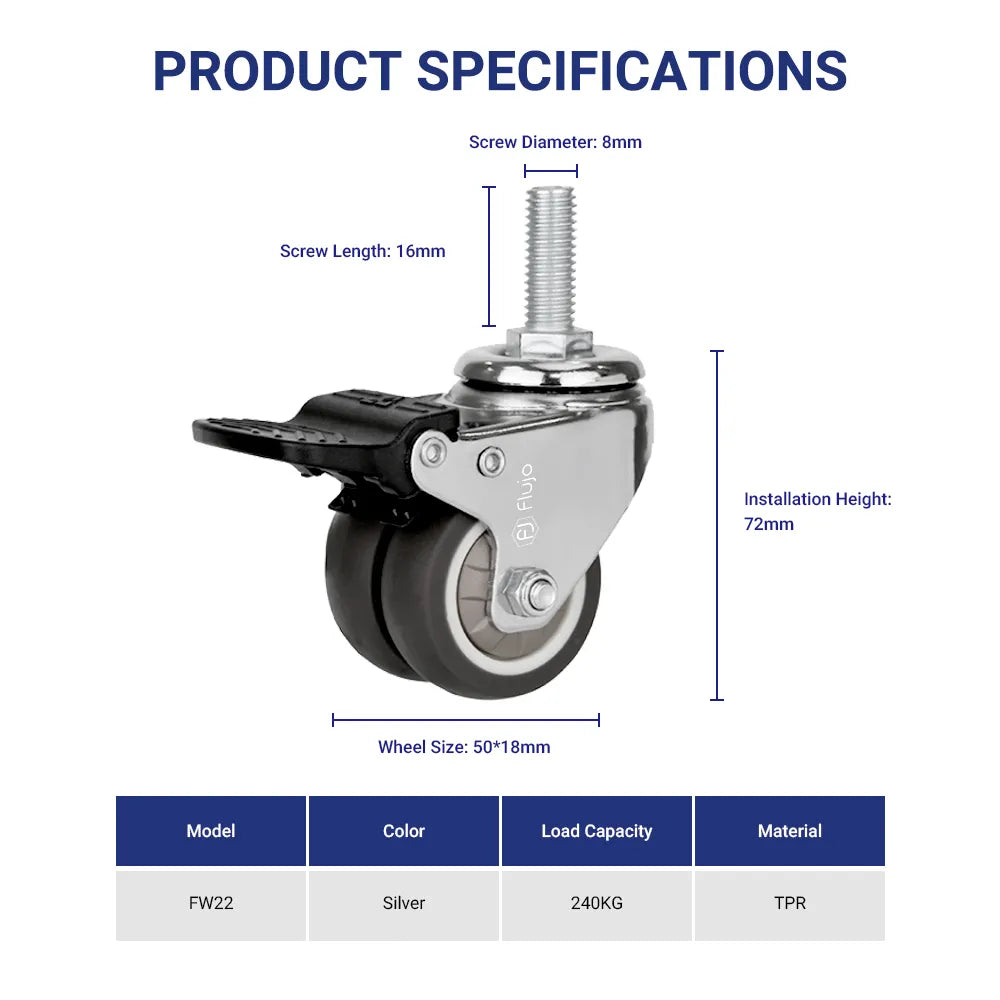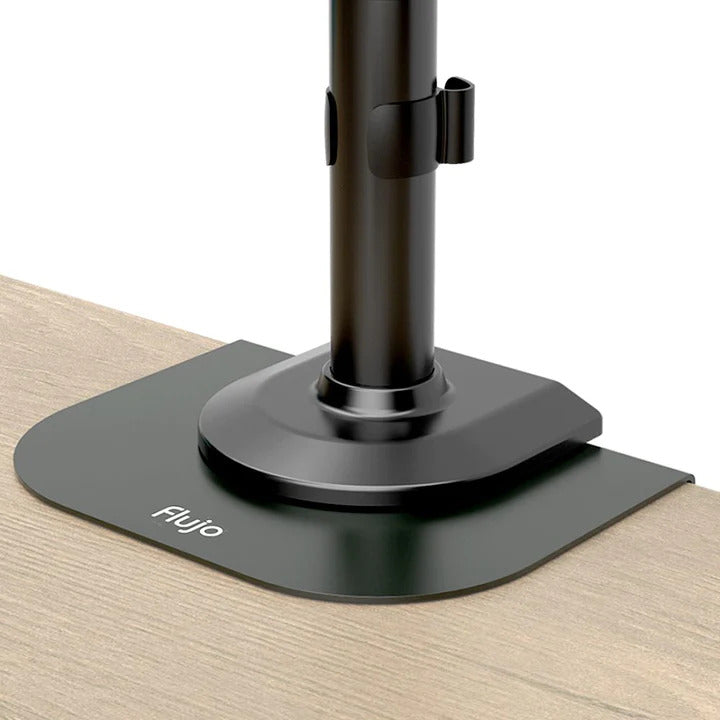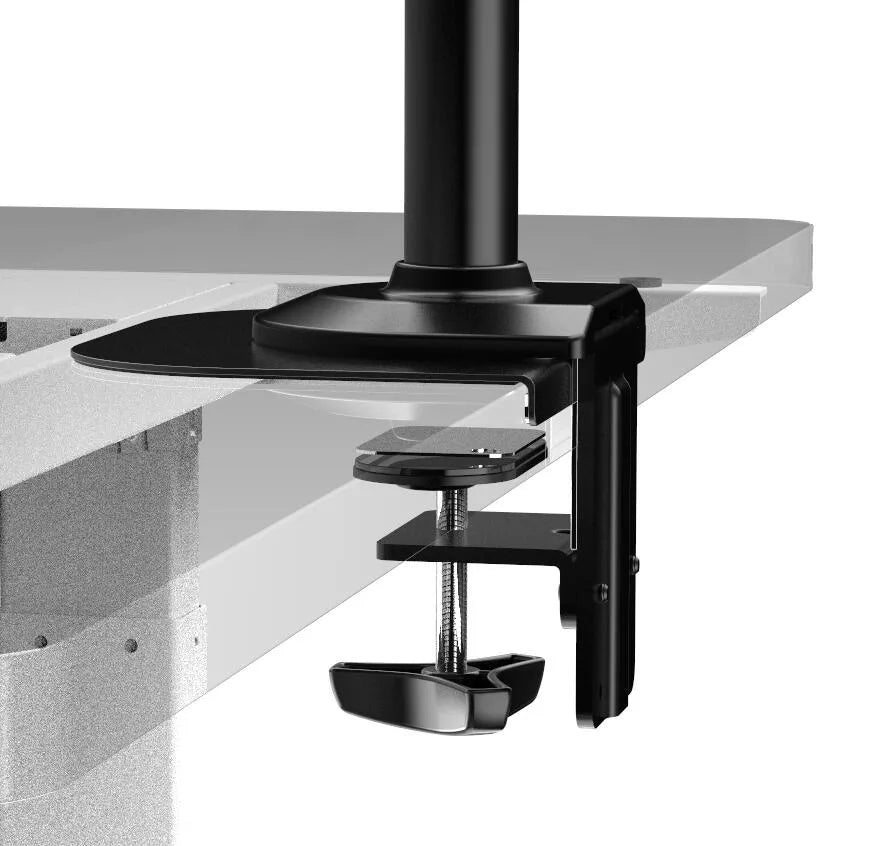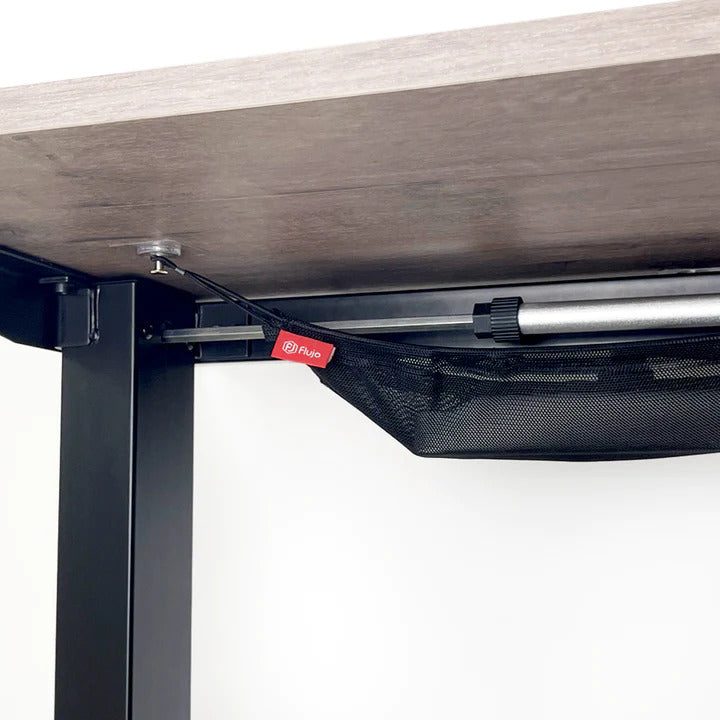Do We Really Need an Ergonomic Standing Desk?
Introduction
With the rise of remote work and an increasing awareness of workplace well-being, the conversation around ergonomic office solutions is more relevant than ever. One piece of furniture gaining popularity is the ergonomic standing desk. But do we really need one? Let's delve into the benefits, drawbacks, and alternatives.
What is an Ergonomic Standing Desk?
An ergonomic standing desk is a specialized type of work desk designed to be used while standing, with particular attention to ergonomic principles for maximum comfort, safety, and utility. Unlike traditional desks that maintain a constant height or standing desks that lack adjustable features, ergonomic standing desks offer a blend of versatility and health-conscious design.
The Fusion of Ergonomics and Mechanics
Ergonomic standing desks bring together the best of both worlds—the ergonomic design tailored to human physiology and psychology, and the mechanical features that provide flexibility and adaptability. The aim is to create a workspace that can be customized to individual needs, offering benefits that range from improved posture to reduced risk of chronic health issues like obesity or cardiovascular diseases.
Standing Desk Mechanics
Standing desks, also known as stand-up desks, are essentially desks that allow users to stand up comfortably while working. As opposed to traditional desks where you sit all day, a standing desk offers you the flexibility to stand or sit, depending on the type you have. There are various kinds of standing desks, each with its own set of mechanics.
Types of Standing Desks
- Fixed Standing Desks: These are static desks set at standing height. They don't offer any adjustability but are a more affordable option.
-
Adjustable-Height Standing Desks: Also known as sit-stand desks, these allow you to alternate between sitting and standing. They come with various adjustment mechanisms:
- Manual Crank: Operated by turning a crank handle.
- Pneumatic Lift: Operated by a counterbalance principle like that in an office chair.
- Electric Motors: These desks can be adjusted at the touch of a button.
- Treadmill Desks: These desks are equipped with a treadmill, allowing you to walk while you work.
- Desk Converters: These units sit on top of a regular desk and can be raised or lowered to accommodate sitting or standing.
Key Features to Consider
- Height Range: A good standing desk should offer a broad height range to cater to people of different heights.
- Stability: Make sure the desk is stable at all heights and doesn't wobble.
- Speed: If you’re looking at an adjustable desk, the speed at which it moves between heights is crucial. Slower desks may disrupt your workflow.
- Weight Capacity: Ensure that the desk can hold the weight of your computer, multiple monitors, and other accessories.
- Noise Level: Electric and pneumatic desks make some noise during adjustment, which could be distracting in some environments.
- Ease of Assembly: Some standing desks come pre-assembled, while others require significant setup time.
The Ergonomic Angle
Standing desks aren't automatically "ergonomic". What makes them ergonomic is the ability to adjust to your specific height and needs, encouraging regular movement and posture variation throughout the day. This fits perfectly with the core principles of ergonomics, which focus on adapting the workplace to the worker, not the other way around.
Why Consider an Ergonomic Standing Desk?
With remote work becoming more common and many of us spending countless hours at our desks, ergonomic standing desks are gradually becoming a staple in both office and home office setups. But why should you consider incorporating one into your workspace? Let’s explore the compelling reasons.

Health Benefits
Improved Posture
Traditional desks can encourage slouching and poor posture, leading to back pain and spinal issues over time. An ergonomic standing desk can help you maintain a natural alignment of your back, neck, and head, reducing stress on your spine.
Reduced Risk of Weight Gain and Obesity
Standing burns more calories than sitting. Although the calorie-burning difference might not seem significant at first, it adds up over weeks and months, contributing to weight management.
Lower Blood Sugar Levels
Standing after meals appears to reduce blood sugar levels, which could be beneficial for people with insulin resistance or type 2 diabetes.
Lower Your Risk of Heart Disease
The idea that standing is better for heart health has been around as early as the 1950s. A sedentary lifestyle, often a byproduct of sitting for prolonged periods, is linked to increased risks of heart diseases.
Productivity Benefits
Mental Alertness
Standing promotes alertness and energy, keeping you focused on tasks at hand. This can be especially helpful during the dreaded afternoon slump.
Energy Boost
Believe it or not, standing can actually increase your energy levels. The simple act of standing encourages movement and stretching, fighting off fatigue.
Customization and Adaptability
Ergonomic standing desks can be customized to your needs, featuring adjustable heights, tilts, and sometimes even programmable settings for multiple users.
The Flip Side: Are There Any Downsides?
While the benefits of ergonomic standing desks are numerous, it's important to consider the potential downsides as well. No solution is perfect, and what works for one person may not necessarily be the best choice for everyone. Here are some limitations to keep in mind:
Health Concerns
Leg and Foot Pain
Standing for prolonged periods can cause discomfort or health problems such as leg cramps and foot pain.
Varicose Veins
Excessive standing is also one of the key risk factors for developing varicose veins.
Balance and Fatigue
While standing may keep you more alert, it can also lead to quicker fatigue as the body uses more energy.
Practical Concerns
Cost
High-quality ergonomic standing desks are often more expensive than their traditional or non-ergonomic counterparts.
Space Requirement
Some ergonomic standing desks may require more space, particularly those with extra features like keyboard trays or multiple monitor setups.
Noise and Speed
If you opt for an electronically adjustable desk, the motor's noise could be distracting, and the speed at which it adjusts may interrupt your workflow.
Adaptation Period
Switching to a standing desk is not something most people can do overnight. It requires an adaptation period during which you might experience discomfort as your body adjusts to a new standing routine.
Not a One-Size-Fits-All Solution
Lastly, ergonomic standing desks are not a cure-all. They should be used in conjunction with other ergonomic practices and regular movement to maximize benefits.
Alternatives to Ergonomic Standing Desks
While ergonomic standing desks offer a multitude of benefits, they may not be the best fit for everyone. Budget constraints, spatial limitations, or personal preferences could lead you to explore alternatives. Fortunately, there are several other options to consider that still align with the principles of ergonomics and promote an active work lifestyle.
Desk Converters
If you already have a desk that you love but it lacks the flexibility of a standing desk, a desk converter could be the answer. These devices sit atop your existing desk and can be adjusted to allow you to stand or sit as you work. While not as seamless as a full standing desk, they are often more budget-friendly.

Active Sitting Chairs
Active sitting or "wobble" chairs encourage subtle movements to engage your core muscles, promoting better posture and reducing back pain. They can be an excellent intermediate step if you're not ready to fully commit to a standing desk.

Treadmill Desks
If you are looking to take your active working lifestyle to the next level, a treadmill desk allows you to walk at a slow pace while you work. However, they do require a significant amount of space and can be expensive.

Exercise Ball Chairs
Replacing your traditional office chair with an exercise ball can improve posture and engage core muscles. It's an affordable and space-saving alternative, but it may not be suitable for extended work periods.

DIY Solutions
If you're handy, you can build your own standing desk or desk converter to customize the dimensions and features precisely to your liking. Several online guides and tutorials can guide you through the process.
Regular Breaks for Movement
If none of the above solutions seem viable, simply incorporating regular breaks into your workday to stand, stretch, or walk around can be a helpful alternative. Many experts recommend the 20-8-2 rule: sit for 20 minutes, stand for 8, and move for 2.
Ergonomic Mesh Chair: A Comfortable Alternative
For those who find that standing desks are not the best fit, ergonomic mesh chairs offer an excellent alternative to maintain a healthy posture while working long hours at a desk. These chairs are designed with ergonomics in mind, providing ample support to key areas of the body, thereby reducing stress and fatigue.
Real-life Testimonials: What Do People Say?
Hearing first-hand accounts can make a big difference when considering whether an ergonomic standing desk or mesh chair is right for you. Below are testimonials from individuals who have made the switch and experienced the benefits.

Ergonomic Standing Desks
Sarah, Graphic Designer: "Switching to an ergonomic standing desk has been a game-changer for me. I used to feel fatigued and had lower back pain from sitting all day. Now, I can easily switch between sitting and standing, and I've noticed a significant improvement in my posture and overall comfort."
Daniel, Software Developer: "I was skeptical at first, but after a few weeks of using my new standing desk, I can't imagine going back to a regular desk. I feel more alert and find it easier to focus on my tasks."
Tim Cook Head of Apple: "Sitting is the new cancer,” said Tim Cook, the head of Apple, announcing that all employees at the new headquarters would have a standing desk. Research shows that sitting for too long affects life expectancy and the risk of diseases, especially cardiovascular ones. Working standing up is one solution to reduce the dangers of physical inactivity. "
Your Experience Matters
Whether you're leaning towards an ergonomic standing desk or considering an ergonomic mesh chair or other alternative, real-world experiences from people in similar situations can offer invaluable insights. After all, the best way to understand the impact of these ergonomic solutions is to hear from those who have lived it.
A Balanced Approach
It's essential to note that standing all day isn’t the solution either. The key is movement. An ergonomic standing desk lets you switch between sitting and standing, promoting an active work lifestyle.
FAQs
Q1: Are ergonomic standing desks worth the investment?
A1: Ergonomic standing desks are a valuable investment, enhancing both health and productivity. They support better posture, reduce health risks associated with prolonged sitting, and increase mental alertness. Ideal for the modern workplace, these desks promote a flexible, health-focused work environment.
Q2: Do I have to stand all day with a standing desk?
A2: No, you don't have to stand all day. The beauty of ergonomic standing desks is their adjustability. You can switch between sitting and standing throughout the day to find a balance that suits you. Experts recommend a mix of sitting and standing for best result
Q3: Can anyone use an ergonomic standing desk?
A3: Yes, most people can benefit from ergonomic standing desks. However, individuals with certain health conditions or physical limitations should consult with a healthcare professional before making the switch. It's important to use the desk correctly to avoid strain or discomfort.
Q4: Are ergonomic standing desks expensive?
A4: Ergonomic standing desks come in various price ranges. There are budget-friendly options, as well as high-end models with advanced features. The cost depends on factors like the brand, materials, and adjustability. Consider your budget and specific needs when choosing one.
Q5: Do ergonomic standing desks require assembly?
A5: Yes, most ergonomic standing desks require some level of assembly. The complexity of assembly can vary, so it's a good idea to check the manufacturer's instructions or consider professional assembly if you're not comfortable doing it yourself.
Q6: How do I know which height is right for me with a standing desk?
A6: The correct desk height depends on your individual comfort and body proportions. A good rule of thumb is to set the desk height so your elbows are at a 90-degree angle when typing, and your computer monitor is at eye level. You should be able to stand comfortably with your weight evenly distributed.
Q7: Can I use my existing office chair with a standing desk?
A7: Yes, you can use your existing office chair with a standing desk when you're in a seated position. However, some people prefer ergonomic chairs designed specifically for standing desks, as they offer additional support and comfort when transitioning between sitting and standing.
Q8: Can a standing desk replace regular exercise?
A8: While using a standing desk is a healthy choice, it's not a substitute for regular exercise. It's important to incorporate physical activity into your daily routine to maintain overall health. Standing and moving at your desk is beneficial, but it shouldn't replace dedicated exercise.
Q9: How do I prevent fatigue when using a standing desk?
A9: To prevent fatigue, it's crucial to vary your posture throughout the day. Take breaks to sit or walk around, use an anti-fatigue mat, and wear comfortable shoes with good support. Gradually increase the time you spend standing to build tolerance.
Q10: Are there any tips for transitioning to a standing desk?
A10: Yes, transitioning to a standing desk can take time. Start gradually, alternating between sitting and standing. Use an anti-fatigue mat, wear supportive shoes, and adjust your desk height to reduce strain. Listen to your body, and don't push yourself too hard initially.
About Flujo
Flujo is a Singapore Ergonomic Eco-System company that specializes in ergonomic furniture and solutions We are determined to be a trusted brand to our customers. Designing with driving factors of innovation and customer-centric as core beliefs of our products, we are committed to understanding your needs. We strive to be the No 1 Ergonomic Chair and Height Adjustable Brand in Singapore.
Click here to view our selection of products
If you like our article, please help to like and forward.


